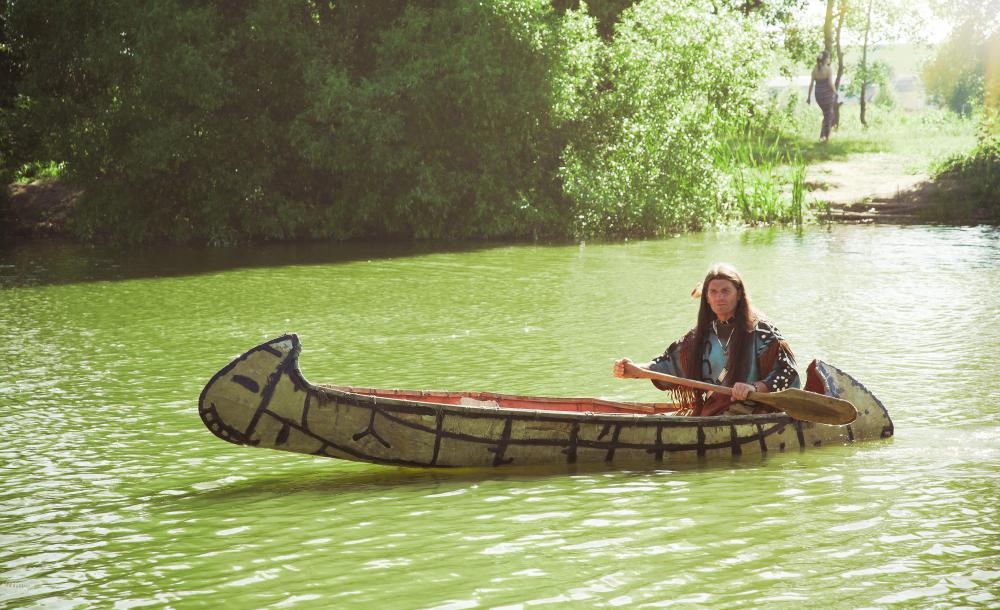At WiseGEEK, we're committed to delivering accurate, trustworthy information. Our expert-authored content is rigorously fact-checked and sourced from credible authorities. Discover how we uphold the highest standards in providing you with reliable knowledge.
What is a Chinook Native American?
Chinook Native Americans are a Native American tribe that resided near the Columbia River and the area now known as the Pacific Northwest of the United States. At the time when the famous explorers Meriwether Lewis and William Clark, assisted by the famous Shoshone Native American guide Sacajawea and her spouse, fur trapper Toussaint Charbonneau, had first contact with the Chinook in 1805, there were reportedly only 2,000 Chinook Native American people remaining due to the heavy impact of disease epidemics. More recently, it has been reported that the Chinook Native American numbers have further decreased drastically due to high rates of Chinook people marrying outside the tribe.
In the past, the Chinook Native American people were a decidedly non-nomadic group which had a history of trading with other tribes and eventually with people of European ancestry. Given that they lived near rivers and near the ocean, fishing was a natural means of livelihood. Salmon was an especially important mechanism of trading as were shells, canoes and slaves.

Family concept was very important in Chinook Native American society. The community leader was typically an elder who was highly respected. Spirituality was addressed through the spirit quest. The spirit quest was a process that male and female adolescents went through to internally connect with their guardian spirit to help them with curing illness, hunting animals, singing, or dancing. There were also potlatches, or ceremonial giving of property, and religious ceremonies at the time of the year when the salmon run occurred.

Additionally, there was a societal custom for children which involved flattening of the head at birth. The Chinook did this by using a board to apply pressure to the head. Flat-headed Chinook people were ranked higher socially than others, so applying pressure to the head to make it appear flatter was deemed by the Chinook to be a socially necessary step.
Chinook Native American language evolved rapidly. They had early interaction with people of Russian, English, and French descent. Thus, the language came to include not only original Chinook words but also words relevant to trading which included words borrowed from Russian, English, and French.
In terms of conflict resolution, the Chinook typically chose difficult ritual participation as opposed to war-like conflicts. They felt rituals were a better way to resolve conflict. Thus, rituals were seen as important.
Some of their villages were named Gitlapshoi, Nisal, Wharhoots, and Palux. Their descendants continue to live in the Pacific Northwest. Specifically, many Chinook descendants live in Ilwaco, Chinook, and Bay Center in the state of Washington.
There has been some controversy pertaining to recognition by the U.S. government. The federal government formally recognized the Chinook as a Native American tribe in 2001. In 2002, the government's formal recognition was canceled. As of 2010, there are efforts under way to convince the U.S. government to restore Chinook status as a recognized tribe.
There are few texts or drawings or artifacts left from Chinook culture. Thus, although there are some things that are known about the Chinook way of life, there is still much to learn. Chinook study is under way and there are ongoing academic attempts to discover more about their history, society, and culture.
AS FEATURED ON:
AS FEATURED ON:












Discuss this Article
Post your comments